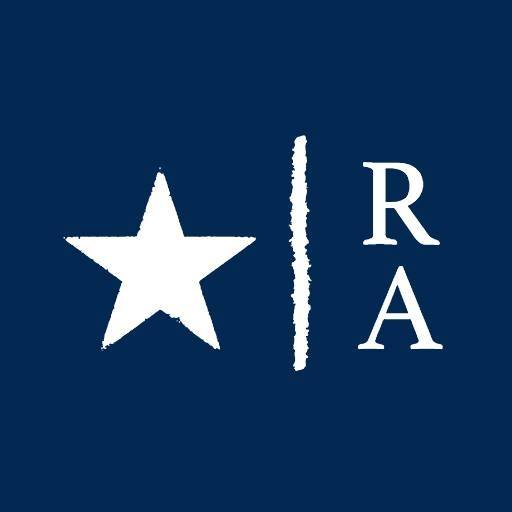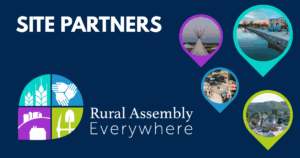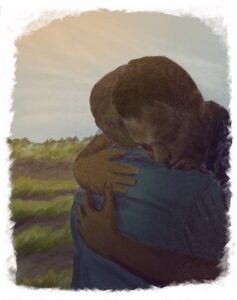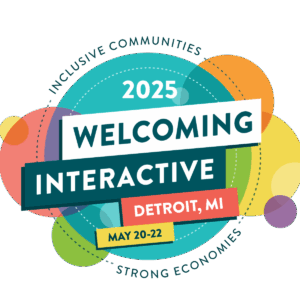The Rural Transportation Working Group of the National Rural Assembly continues to have an impact on the discussion about U.S. transportation policy.
The American Public Transportation Association cited the working group’s transportation policy paper in its publication “Rural Communities Expanding Horizons- The Benefits of Public Transportation.”
The report used information from the Rural Transportation Working Group’s policy paper, which was endorsed by organizations across the United States. And it quoted to the working group’s members, Kathleen Moxon (Redwood Coast Rural Action in California) and Billy Altom (Association of Programs for Rural Independent Living.)
The Rural Transportation Working Group continues to promote accessible, affordable, and sustainable transportation systems for rural Americans. Currently, the group is working on the implementation of the federal transportation bill passed in 2012, MAP-21. More information on the group’s activities and how to get involved are on their website.







